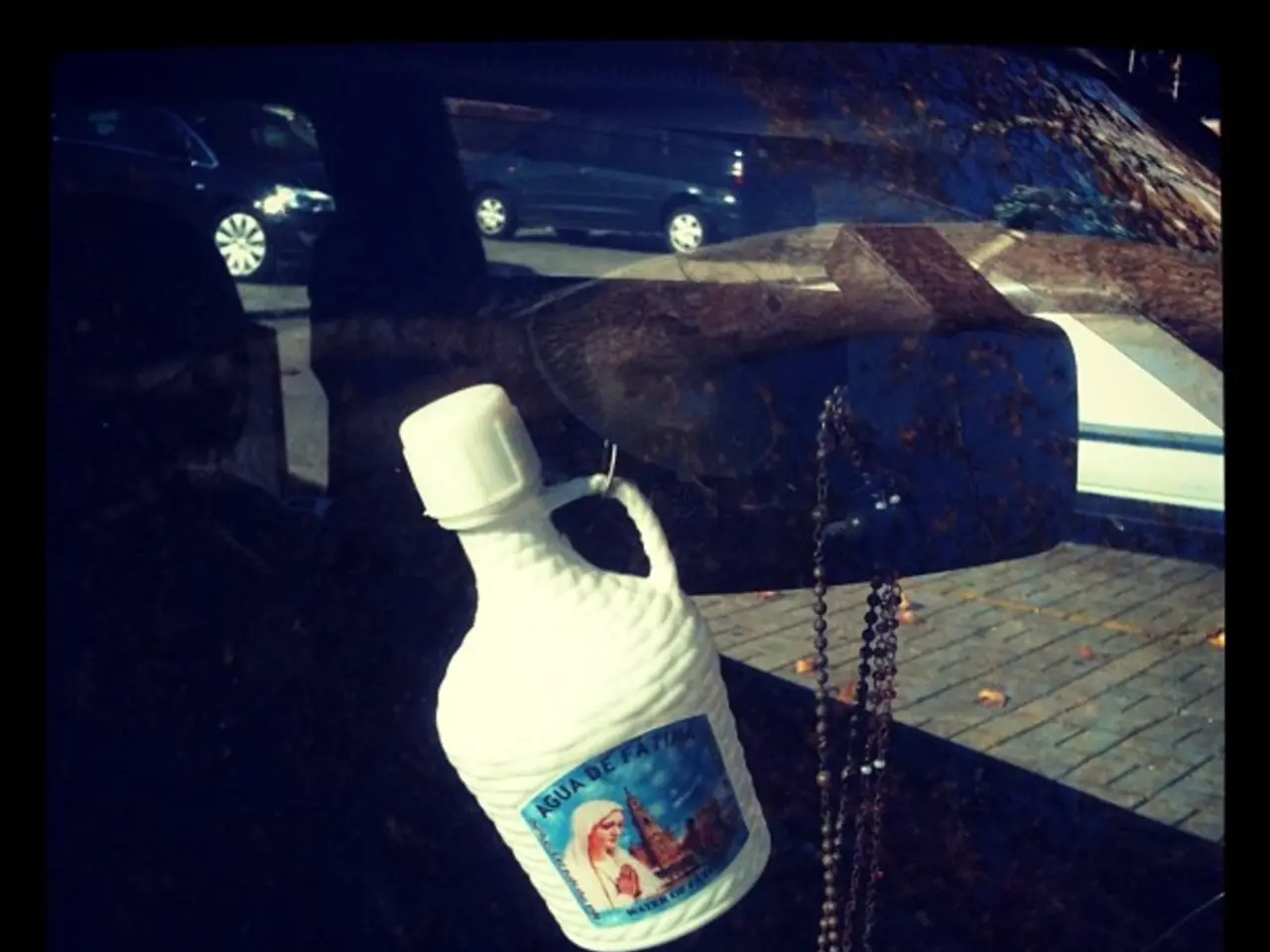Overcoming Restoration: The Obstacles in Reconstruction: Section 1
The ninth article in the Fuji Motorsports Museum series focuses on the creation of the suspension and related components for the revived Toyopet Racer, Toyota's first racing car. This project, over 70 years in the making, involves a dedicated team of young artisans and experts, carefully restoring the vehicle's mechanical parts.
Takahiro Tashiro, an expert in vehicle collision safety testing, joined a Toyota-affiliated company in 2002 and transferred to the Vehicle Dynamics department at the Vehicle Engineering Development Division in 2020. Tashiro led the way in making strength calculations for the Toyopet Racer's suspension.
Ding Nan and Daichi Sugimoto are responsible for designing and fabricating the suspension and related components for the Toyopet Racer. Nan, the youngest engineer in the team, joined Toyota in 2018. Sugimoto works in the Vehicle Electrical Architecture Development Department at Toyota.
The process of restoring the suspension and related components presents several challenges. The original drawings for the suspension components do not exist, necessitating a design and build process from scratch. This requires a high level of craftsmanship to maintain authenticity and function, given that the original technologies are decades old.
The team had to determine the specifications for the brakes, leading to discussions involving every member working on the restoration project. They considered various factors to recreate the original vehicle's ride height, look, and feel.
Another significant challenge is dealing with aged parts affected by corrosion. The suspension components and mounting points are typically susceptible to wear and tear, especially in a car that old. The team had to address these issues while maintaining historical accuracy.
Tashiro and his team estimated a corner entry speed of around 100 km/h for the Toyopet Racer. To ensure the vehicle's basic functions - driving, turning, and stopping - are maintained, the suspension and braking systems are crucial.
Shinya Omura, who joined Toyota in 2005, is involved in materials technologies and develops non-ferrous metals such as aluminum and magnesium. His expertise is vital in maintaining the vehicle's structural integrity while keeping the weight minimal.
The revived Toyopet Racer is now on display at the Fuji Motorsports Museum, a testament to the team's hard work and dedication. The restoration process demonstrates the importance of preserving historical vehicles while ensuring they remain functional and safe for future generations to enjoy.
References: [1] Fuji Motorsports Museum Series Article 9 [2] First-generation Crown Restoration [3] Toyota Restoration Projects
Takahiro Tashiro, focused on vehicle safety, developed strength calculations for the Toyopet Racer's suspension, ensuring the car's robustness. Meanwhile, Ding Nan and Daichi Sugimoto, design specialists, worked on crafting the suspension and related components, merging modern techniques with the car's vintage lifestyle.
Considering the aging parts and corroded suspension components, the team's challenge lies in balancing historical accuracy with practical car-maintenance, ensuring the sports performance of the revived Toyopet Racer remains intact.







